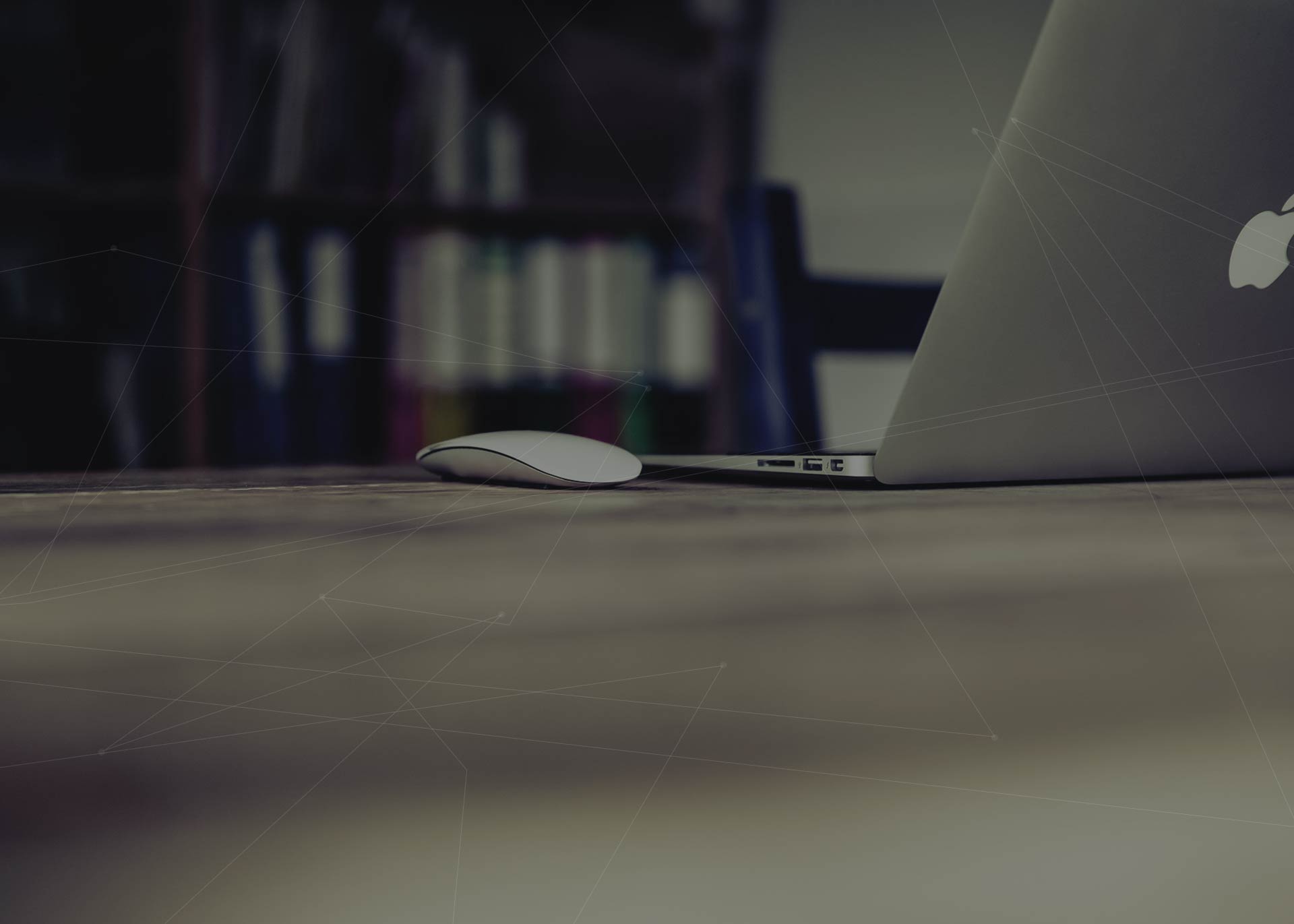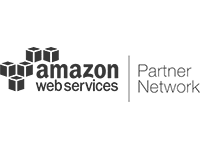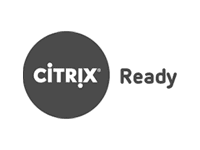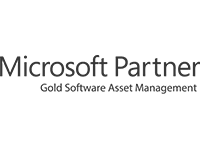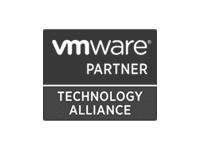Going to work used to mean wretched commutes, carpet-covered cube walls, and stale coffee. In today’s culture of flexible work arrangements, going to work is more likely to mean a shuffle down the hall, to your sunny home office, while the single-serve brewer hums in the background. As a recent global survey confirms, for many of us, the workplace is no longer a place people go, but rather it’s what you do and the tools you use to do it.
In its broad survey of 8,000 companies—small and medium-sized businesses, public sector organizations and multinational corporations (MNCs) in 10 countries—Vodafone, a leading global telecommunication firm, discovered that 75% have a flexible work policy to enable employees to vary their hours and use the latest technologies to work from home or on the move.
The rapid uptick in flexible work policies can be attributed to the rise in mobile technologies as well as the benefits companies see from these arrangements:
- 61% of respondents said their company’s profits increased;
- 83% reported an improvement in productivity; and
- 58% believed that flexible working policies had a positive impact on their organization’s reputation.
For IT Directors, these represent an undeniable opportunity to elevate your value to the organization, as technology advances are critical to reaping the benefits of these flexible work arrangements. However it can be daunting to be the catalyst for change as online services (SaaS) and trends like BYOD create more complicated environments and interdependencies. You already have a heavy workload with the day-to-day management and deployments, without the addition of policies, processes and security to be addressed. That’s why, for IT, as well as for the employees they support, having the right tool for the job is essential.
Successfully capitalizing on flexible work arrangements requires IT have visibility into employee network activity, management of IT assets, and continuous security and compliance, to protect corporate productivity. IT directors will be asked to answer questions like:
- How can we ensure our sensitive data remains secure (credit card data, medical records, PII, intellectual property)?
- What software is being run by which users? Are they on the latest version and can we reduce our licensing costs?
- Are our users abusing the acceptable use policies? How can we alert them and change this behavior before we have to take severe corrective actions?
- Which devices are running unauthorized software and who is accessing unauthorized websites?
- How will we know if we have a data leak or a cyber breach?
So they need a tool that can:
- Identify the devices, users, and activity going on across a wider, more diverse network surface
- Detect unauthorized connections and issue corresponding notifications in real time
- Control the use of peripheral devices like USBs to prevent data loss
- Block inappropriate content and protect both the data and the device
- Alert users to inappropriate use and raise awareness of safer behaviors
- Retrieve operation log history including who performs what kinds of operations
- Inventory installed applications, upgrading and downgrading software
Equipping IT with a comprehensive, multi-function tool that allows them to easily manage your IT assets as well as monitor user activity improves their ability to empower flexible workers with the latest technologies without compromising the security and productivity of the business. With the proper secure productivity management tool, businesses can capitalize on the cost savings and coworker engagement benefits that are available in today’s Utopian world of work.
Interfocus Secure Productivity Management has helped more than 10,000 companies worldwide to empower more flexible workplaces. Learn how we helped a medical holding company enable remote work and stop data leakage to the cloud.

